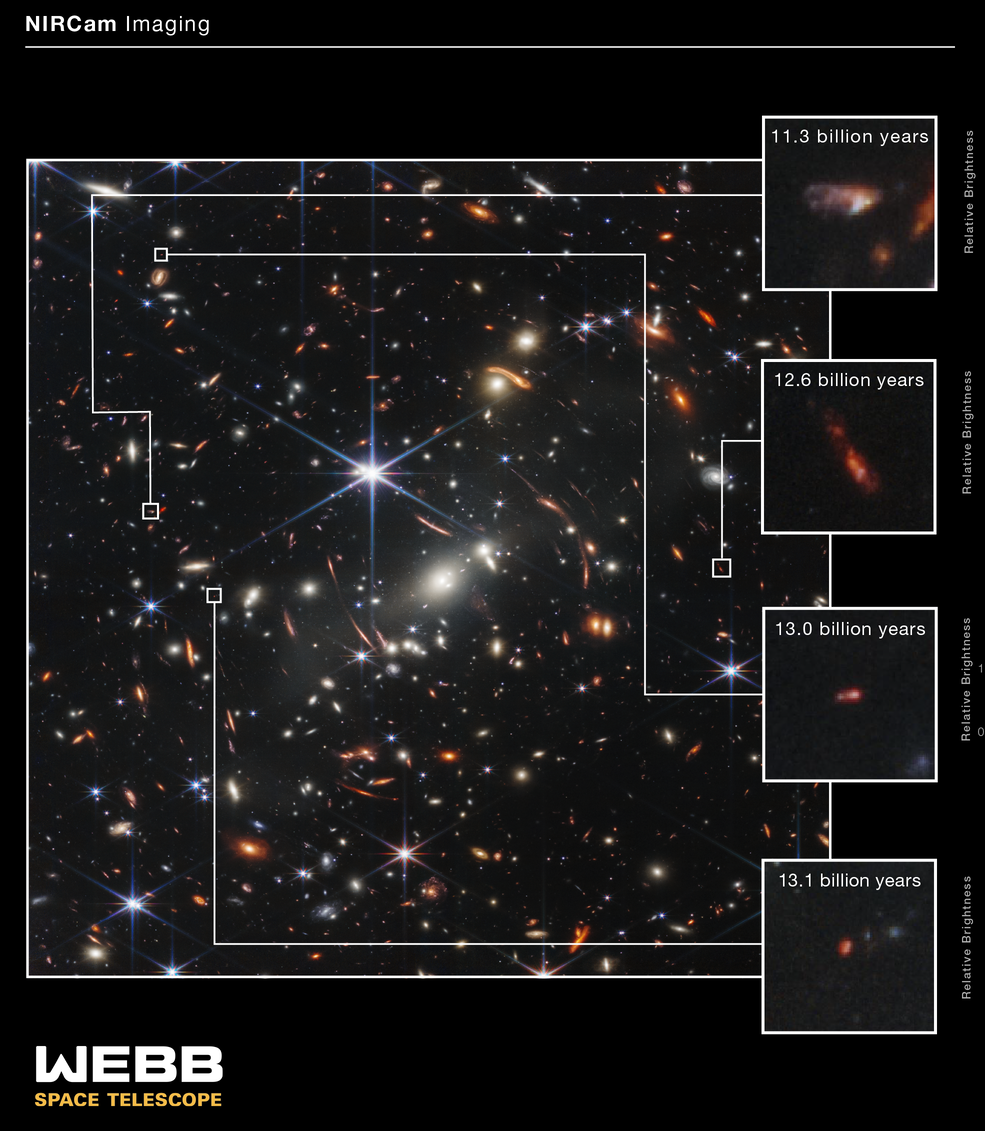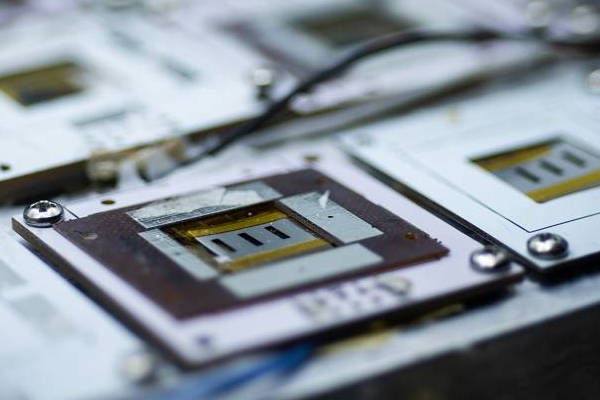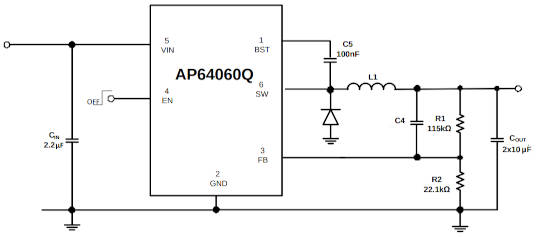
It is the Near-Infrared Spectrograph’s (NIRSpec’s) microshutter array, which has more than 248,000 tiny doors that can be individually opened to gather spectra (light) of up to approximately 150 individual objects simultaneously.
Of the thousands of distant galaxies behind galaxy cluster SMACS 0723, NIRSpec observed 48 individually – all at the same time – in a field that is approximately the size of a grain of sand held at arm’s length, highlighted the European Space Agency. Quick analysis, they said, made it clear that several of these galaxies were observed as they existed at very early periods in the history of the universe, which is estimated to be 13.8 billion years old.
NIRSpec was built for the ESA by a consortium of European companies led by Airbus Defence and Space (ADS) with NASA’s Goddard Space Flight Center providing its detector and micro-shutter subsystems.
Light from the farthest galaxy shown travelled 13.1 billion years before Webb’s mirrors captured it. These observations mark the first time these particular emission lines have been seen at such immense distances – and these are only Webb’s initial observations.
You can read more here.
Image: Nasa/ESA/CSA







